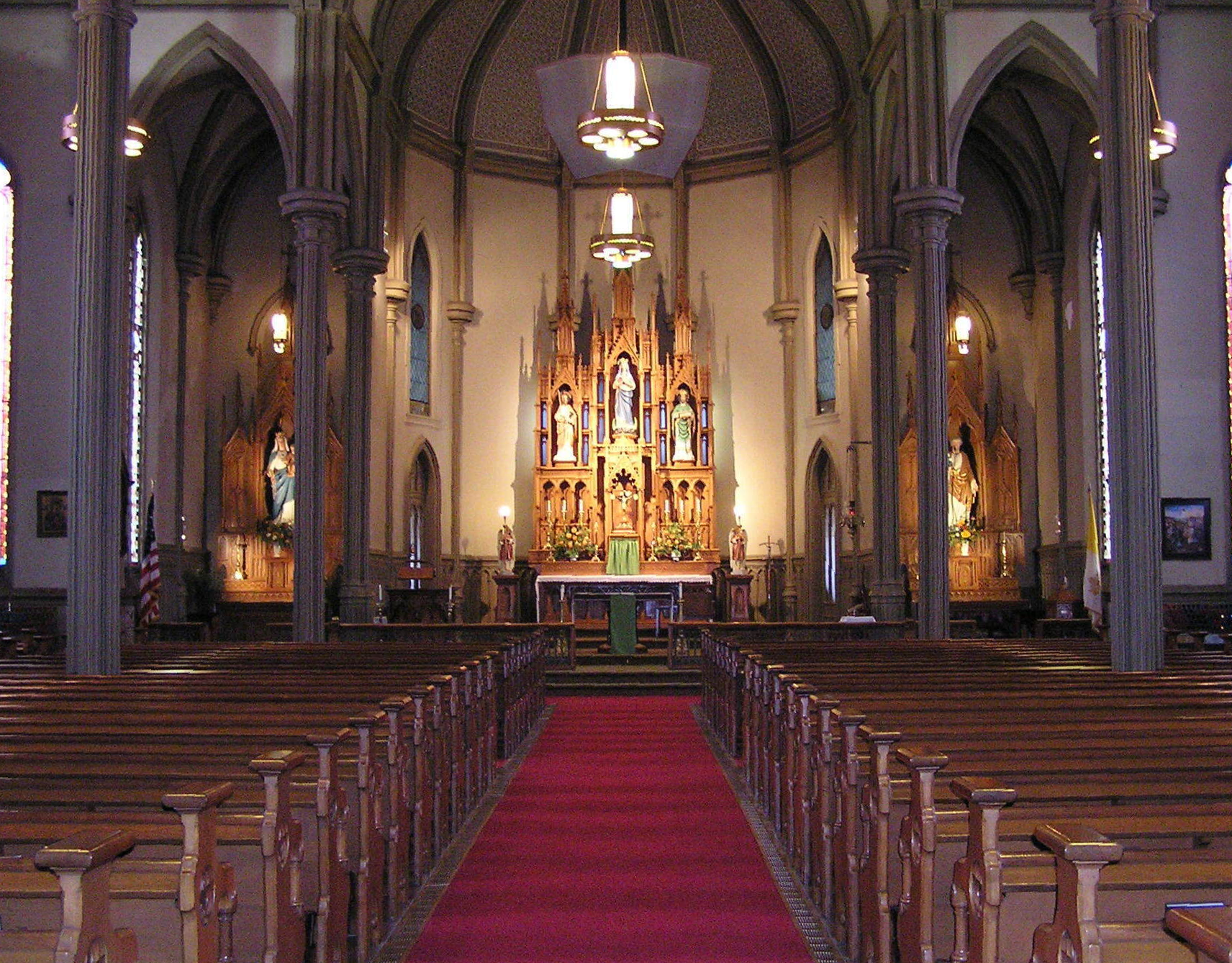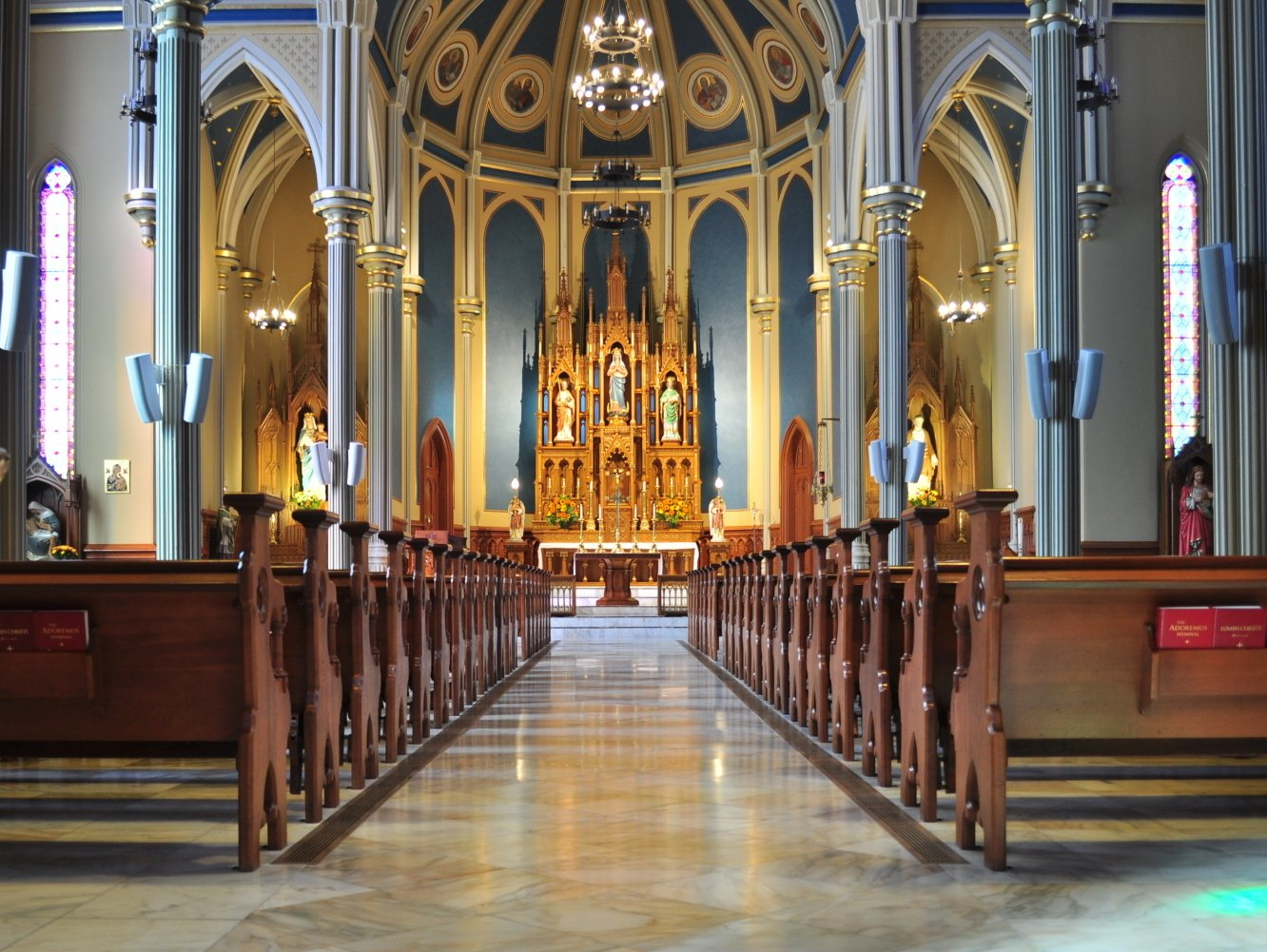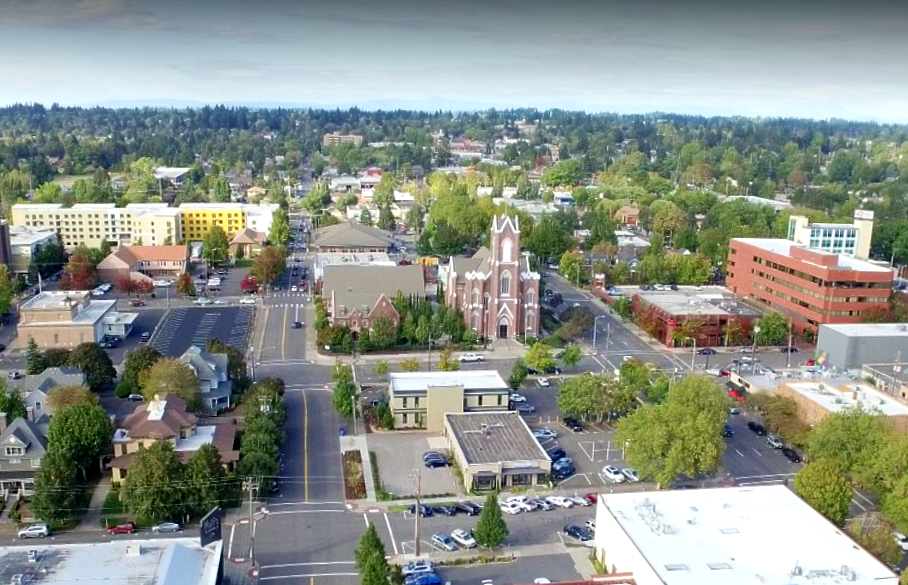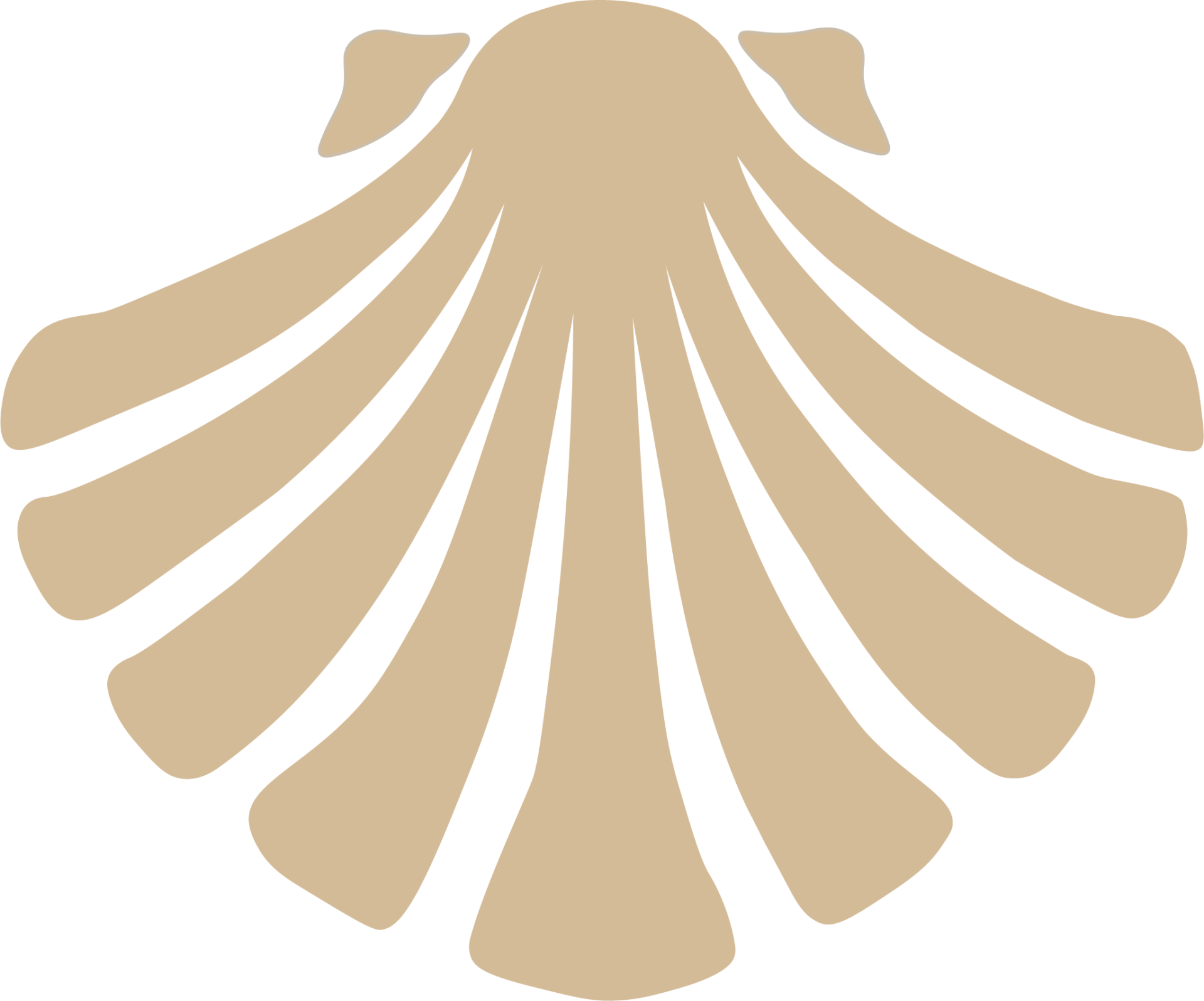Our History
Parish established in 1838
Current church building completed in 1885
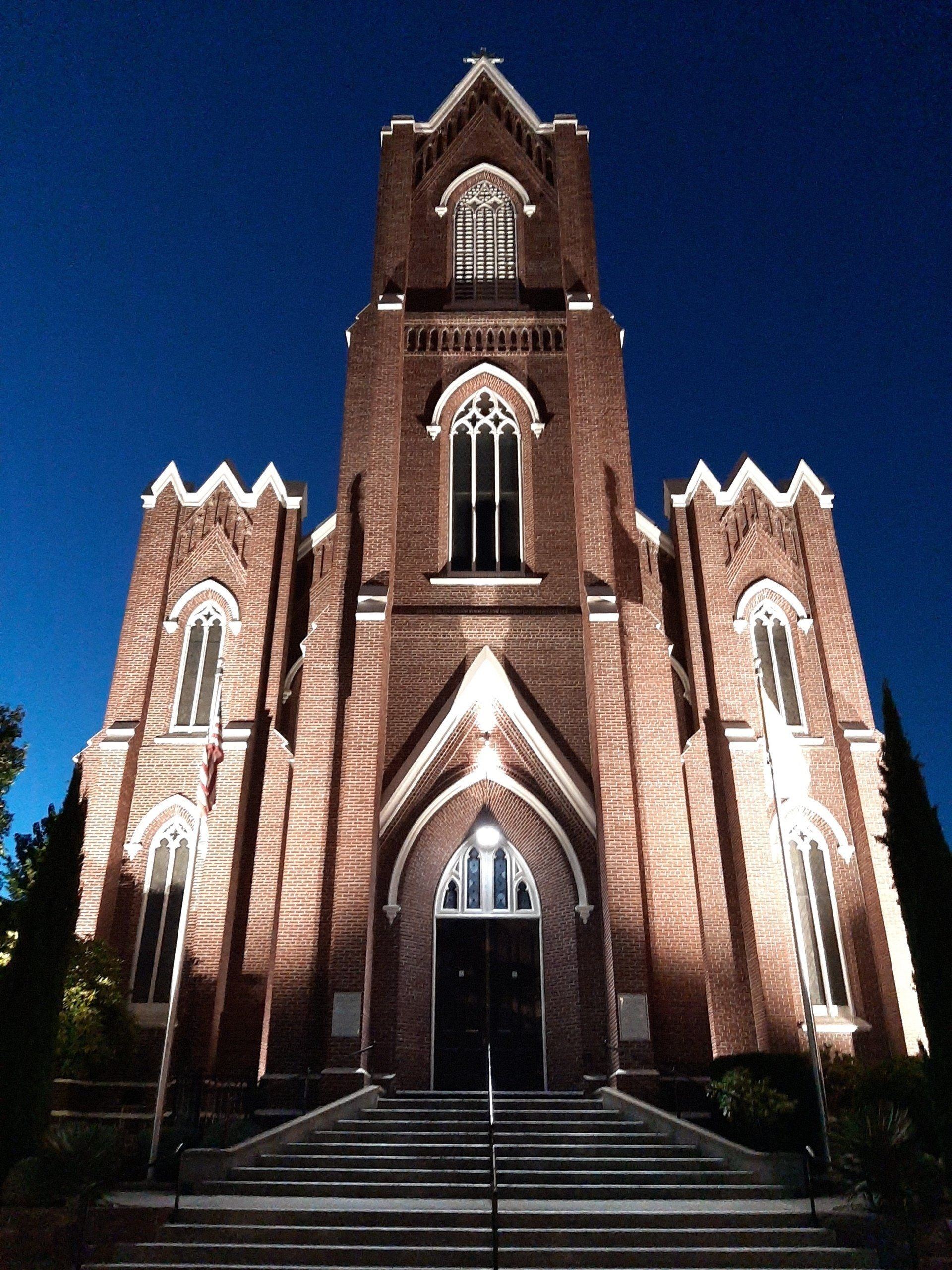
Church Tours
Church tours, hosted by our Historical Society, are open to the public on the last Saturday of the month.
- Since tours may be impacted by holidays, please view our weekly bulletin for the most current schedule.
- The tour begins at 11:00 am inside the church. No registration is required.
- If you are in need of accessibility accommodations, contact the Parish Office and we will forward your requests to our Historical Society volunteers.
- For special tours, or for large groups who plan to attend a tour, contact the Parish Office.
Timeline of Events
The struggle and triumph of the Catholic Church in the Northwest began in earnest in the 1830s. Catholic fur traders from the London-based Hudson’s Bay Co., who had mostly settled in the Willamette Valley and on the Cowlitz Prairie, wrote letters to the bishop in Montreal begging for priests.
The settlers longed for the sacraments and wanted to return to the comfort they knew from the church of their childhood. They wrote in 1829, in 1834 and again in the spring of 1838. They were rewarded on Nov. 24, 1838, when two missionary priests, Fathers Francis Norbert Blanchet and Modeste Demers, arrived on the banks of the Columbia River and made their way to Fort Vancouver. Fathers Blanchet and Demers celebrated a solemn high Mass the next day inside the Fort’s stockade.
Thus began the Quebec Mission in Oregon country, and the Catholic Church in a rugged frontier that counted 76 Catholics, mostly French Canadians and Iroquois men, women and children; beginning a journey of faith that would bring about Vancouver’s Proto-Cathedral of St. James the Greater, a beacon of holiness and sacrifice.
Father F.N. Blanchet and Father Modeste Demers
Our founding priests wasted no time. By Dec. 16, 1838, Father Blanchet was on the Cowlitz Prairie, celebrating Mass and establishing a permanent mission.
As a teaching tool, he invented the “Catholic Ladder,” a system for imparting religion to the Native people with a series of dots, among other symbols, to tell the story of Christianity and the main truths of the Catholic faith. A likeness of the ladder stands today at St. Francis Xavier Church in Toledo, Wash., and likewise a replica is just outside the rectory of the Proto-Cathedral of St. James the Greater.The fathers made the Fort their home base, setting up a chapel in an old store inside the stockade. The Hudson’s Bay Co. fed them and provided a place for them to live. Acting Chief Factor James Douglas was particularly welcoming in getting the missionary fathers settled.
But the priests and their flock longed for their own building. Hudson’s Bay wouldn’t sell them the land necessary, but the company turned over property to Father Blanchet for his use just west and north of the stockade. St. James Catholic Church, later known as the Pro-Cathedral, was dedicated May 31, 1846 (a pro-cathedral is a parish or missionary church that becomes a cathedral; a proto-cathedral once held the bishop’s chair, but reverted to being a parish church). The wooden structure was 83 feet long by 36 feet wide by 20 feet high. It could accommodate 500 people. The steeple was added later. The old church building inside the stockade was completely destroyed in a fire in 1889.
On July 24, 1846, Pope Gregory XVI erected the Vicariate in Oregon into an ecclesiastical province, dividing the area into three sees or dioceses. Bishop F.N. Blanchet was named Archbishop of Oregon City; Father Modeste Demers became bishop of Vancouver Island; and Father Augustin Magloire Alexandre Blanchet, younger brother to the archbishop, was appointed bishop of Walla Walla. The brothers were consecrated at St. James Cathedral in Montreal: Archbishop F.N. Blanchet on July 25, 1845, and Bishop A.M.A. Blanchet on Sept. 27, 1846.
Photo: Catholic Ladder (Echelle Catholique), 1840, by Francis Norbert Blanchet.
Oregon Historical Society Research Library, Coll51_001.

Shortly after Bishop A.M.A Blanchet reached Fort Walla Walla, having made the arduous journey from Montreal on the Oregon Trail, certain Cayuse tribal members killed 13 people on Nov. 29, 1847, in what’s known as the Whitman Massacre. Among those who died at the Christian mission were Dr. Marcus Whitman and his wife, Narcissa. Some attached to Whitman’s ministry, however, tried to blame the Catholics for the massacre when in fact Bishop Blanchet and his priests had tried to calm the situation, saved the life of Presbyterian clergyman Henry Spalding, and later stood up to vigilantes who wanted to execute five innocent Native Americans. The massacre ultimately led to the Cayuse Indian War, making it too dangerous for the bishop and his vicar general to stay in Walla Walla.
St. James became a Pro-Cathedral on May 31, 1850, when Pope Pius IX established another new see, the Diocese of Nesqually with A.M.A. Blanchet named bishop. The diocese stretched from the Rocky Mountains to the Pacific and from the Columbia River to the 49th Parallel.
On Oct. 27, 1850, Bishop Blanchet took up residence in Vancouver. Walla Walla was attached to the Archdiocese of Oregon and then suppressed just three years later.
The fledgling Diocese of Nesqually, however, faced monetary shortfalls and an acute need for more priests. Bishop A.M.A. Blanchet went on a fund-raising trip to Mexico in March 1851. He brought back eight paintings as well as cash, sacred vessels and vestments. Both Blanchets continued to seek assistance to administer their large ecclesiastical areas. From time to time, both had relied on the Jesuits and the Oblates for help, but they weren’t altogether comfortable with that, for they harbored deep suspicions about the religious orders.
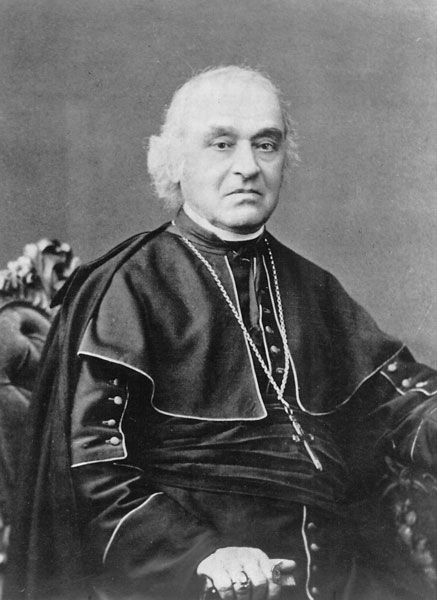
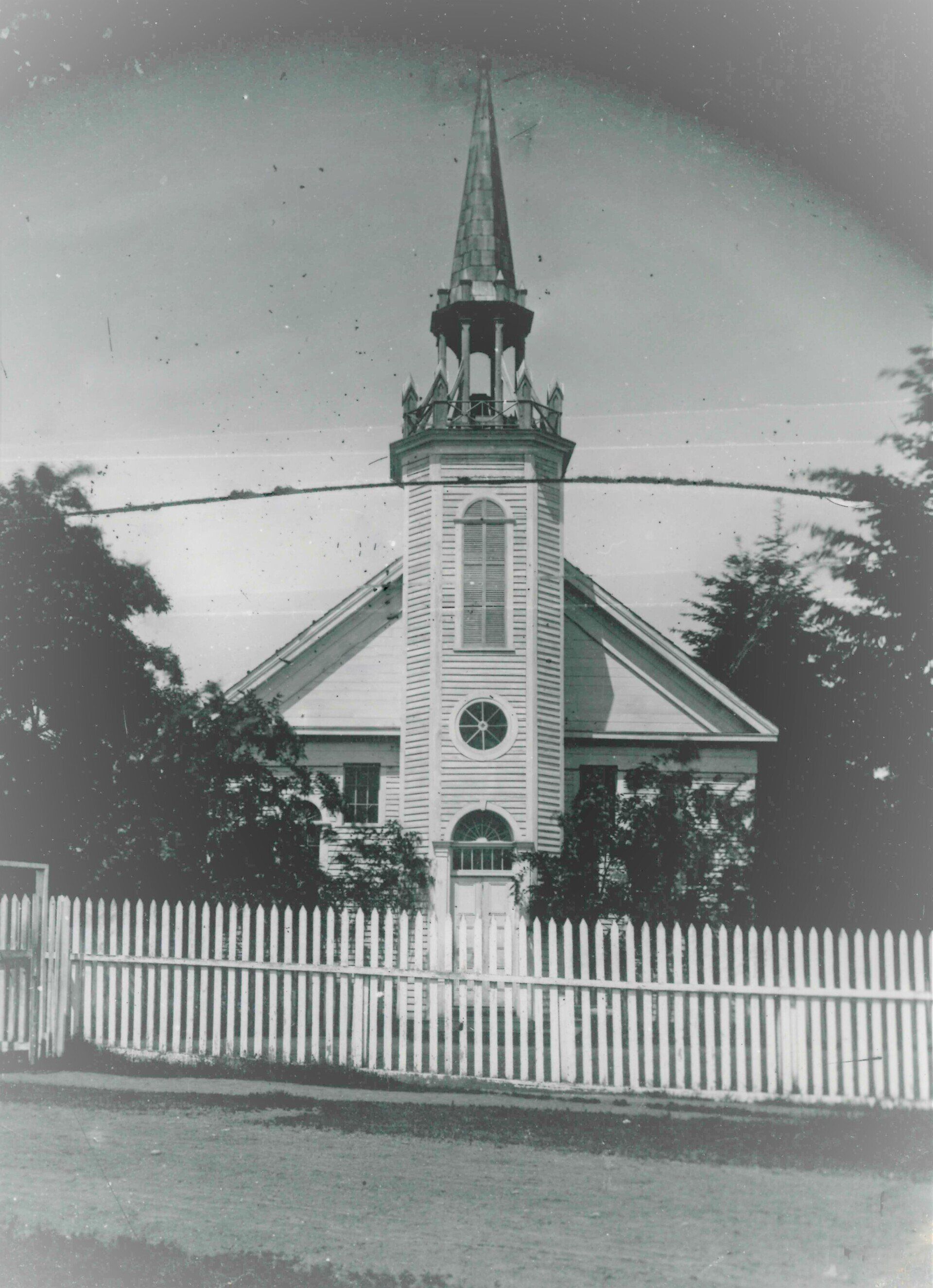
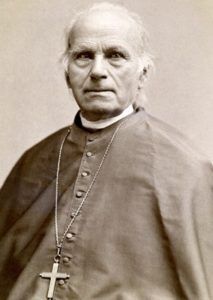
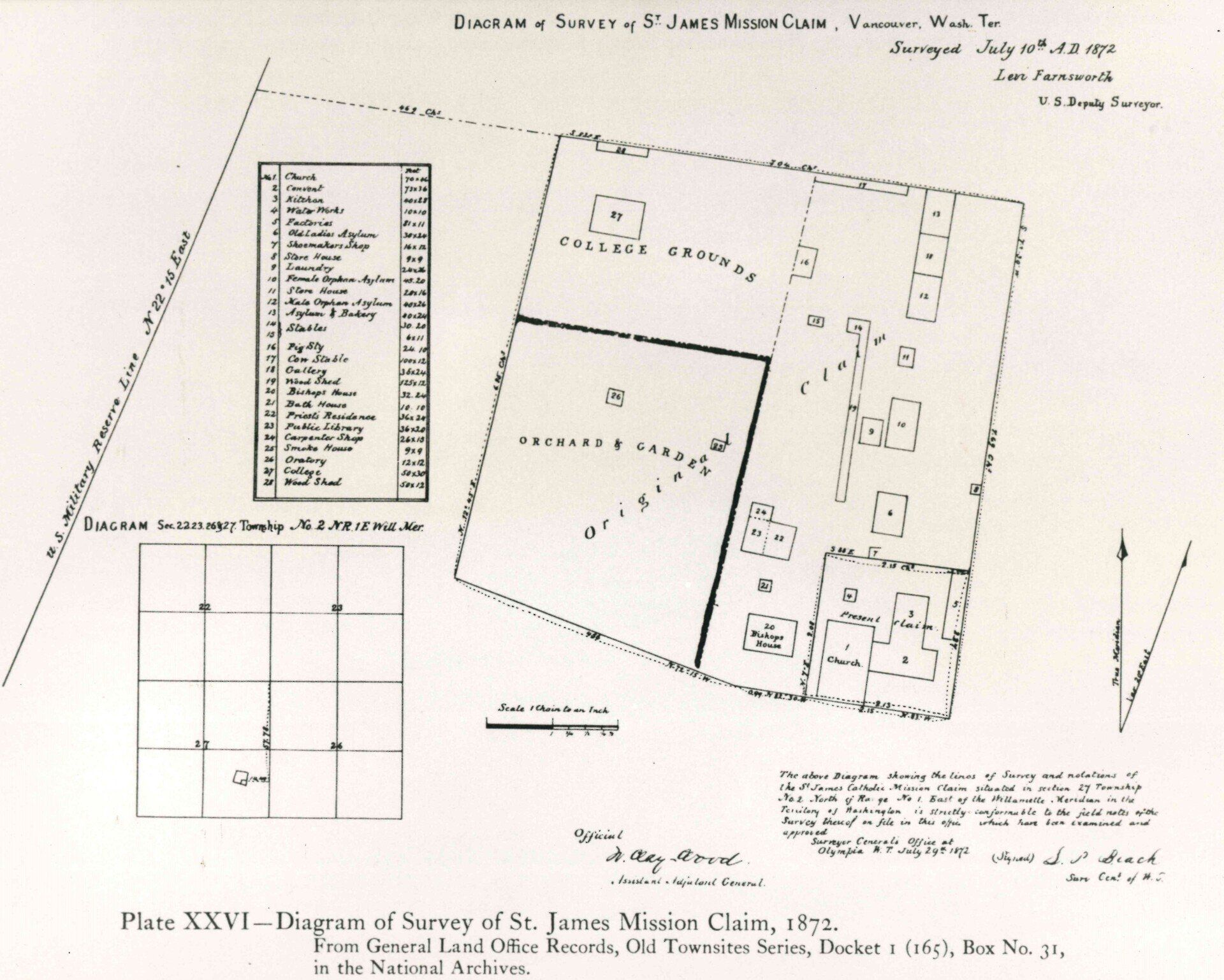
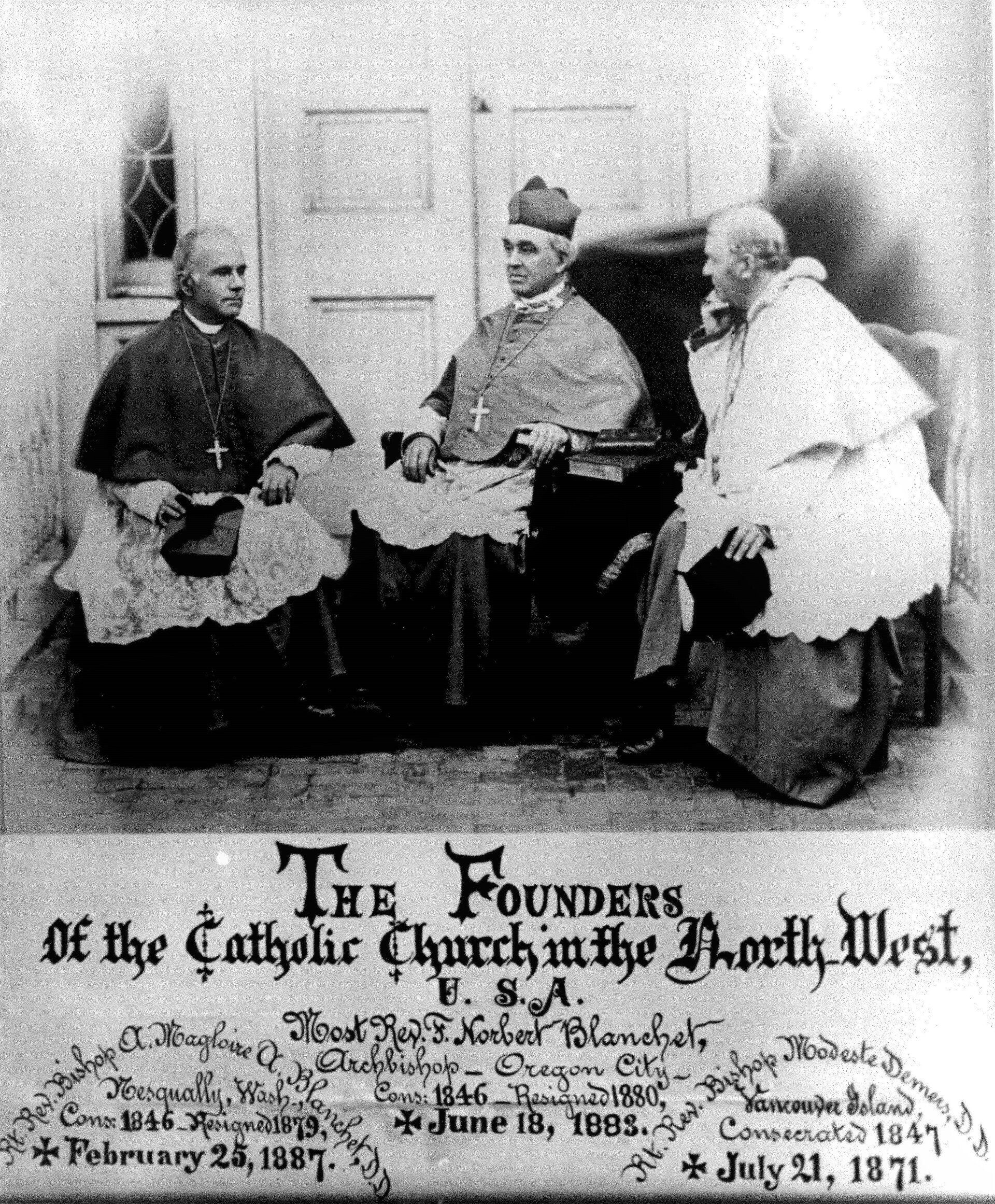
Mother Joseph & The Sisters of Providence
In 1856, Bishop Blanchet brought Mother Joseph and Sisters of the House of Providence from Montreal to Vancouver. Mother Joseph proved to be a powerhouse for building Northwest schools, hospitals, orphanages, a home for the homeless and aged, and an insane asylum. She opened St. Joseph Hospital in 1858. It was the first hospital in the Northwest, and it stood near our present-day Proto-Cathedral. Providence Academy, her school for girls and the former headquarters of the Sisters of Providence, was completed in 1873. This architectural treasure still stands about four blocks from the Proto-Cathedral.
Mother Joseph’s legacy includes 11 hospitals, seven academies, five Native American schools and two orphanages throughout an area that today encompasses Washington, northern Oregon, Idaho and Montana.
Mother Joseph could do anything. She acquired carpentry skills from her father. In her long and distinguished service to the church and humanity, she was architect, construction supervisor and administrator for many complicated, important and beautiful projects, including St. Vincent’s Hospital in Portland.
Born Esther Pariseau in 1823 at St. Elzear, Canada, she went on numerous fund-raising trips to the rich mining regions of eastern Oregon and the Idaho Territory, where she typically collected $2,000 to $5,000 to help support her schools, hospitals and other projects. The extent of her involvement in building St. James Cathedral in Vancouver is not known. However, according to historian Wilfred P. Schoenberg, S.J., Mother Joseph “was engaged in the embellishment of the cathedral.” It has been purported that she designed the pews. She probably helped financially with her demonstrated abilities to collect thousands of dollars on trips to silver mines in the eastern reaches of Oregon and the Washington and Idaho territories, other sources say.
Schoenberg also writes that Mother Joseph, known as “the Builder,” formed statues cast in wax in her basement. This industrious and pious nun is said to have shorn hair from the heads of her orphans for the Baby Jesus and St. Lucian, whose form rests under the Proto-Cathedral’s St. Joseph side altar. St. Lucian, a Roman martyr, is typically exposed during November, the month in which the church honors the dead. (Click here to read more about Mother Joseph's ministry in Northwest Catholic, April/May 2023.)
In June 1879, Bishop Blanchet, ill with malaria, was allowed to resign; subsequently, he lived in St. Joseph Hospital. His successor was Aegidius Junger, ordained a bishop on Oct. 28, 1879 by Archbishop F.N. Blanchet, and assisted by his brother bishop. Less than two years later, the archbishop’s resignation was accepted in Rome. Bishop Demers moved into St. Vincent’s hospital, and died in 1871.
By 1881, the three brave and resilient founders of the faith in the Northwest had turned over the administration to a new generation.
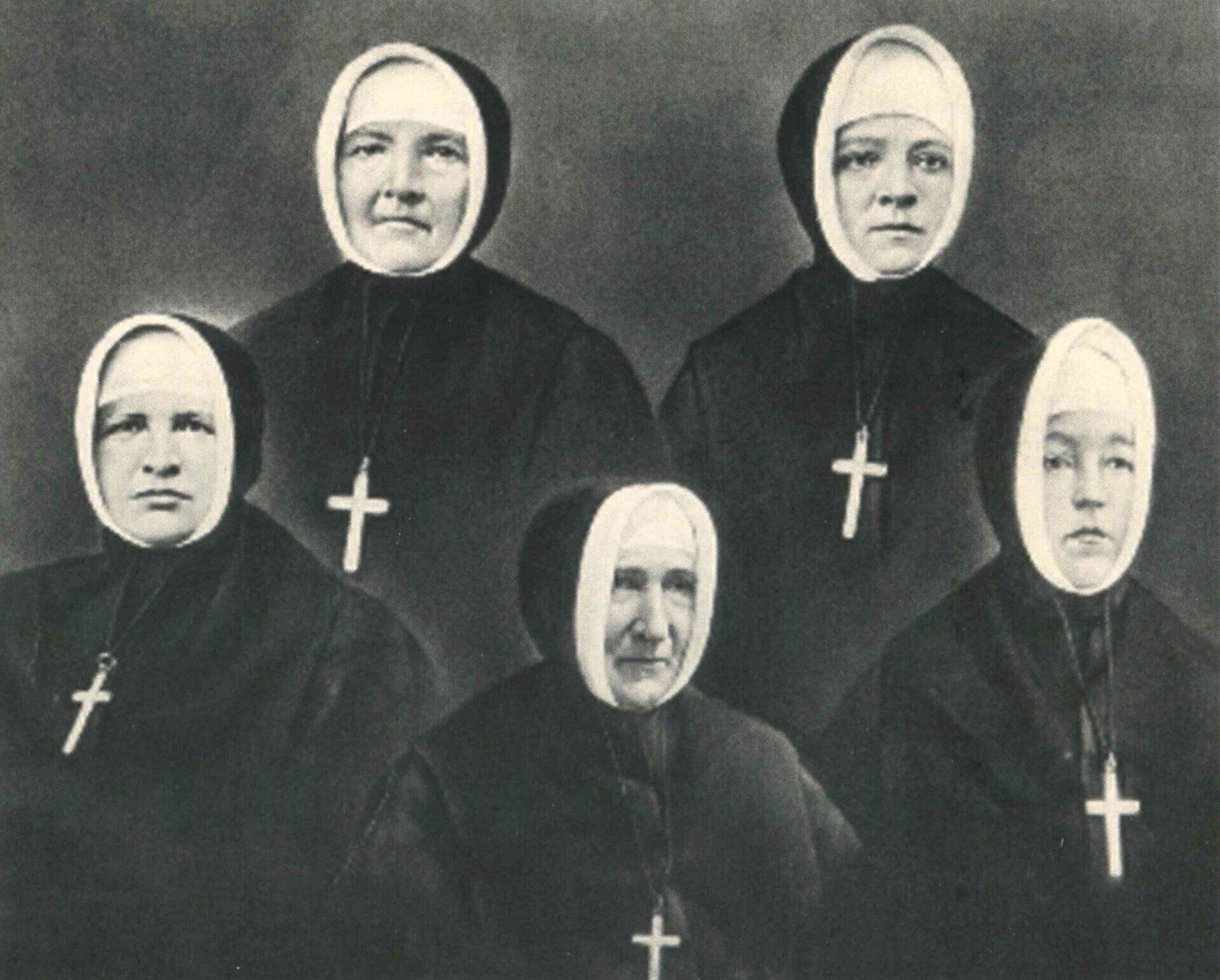

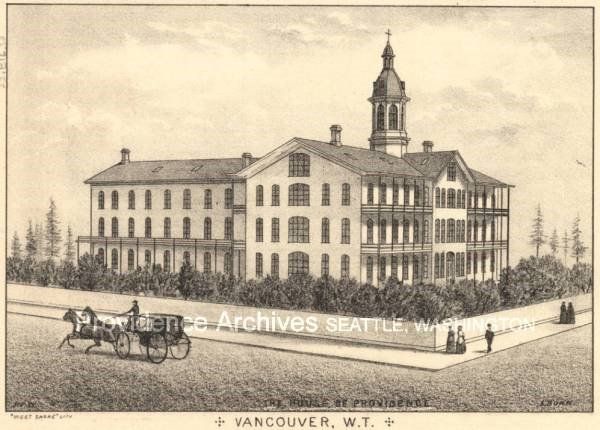
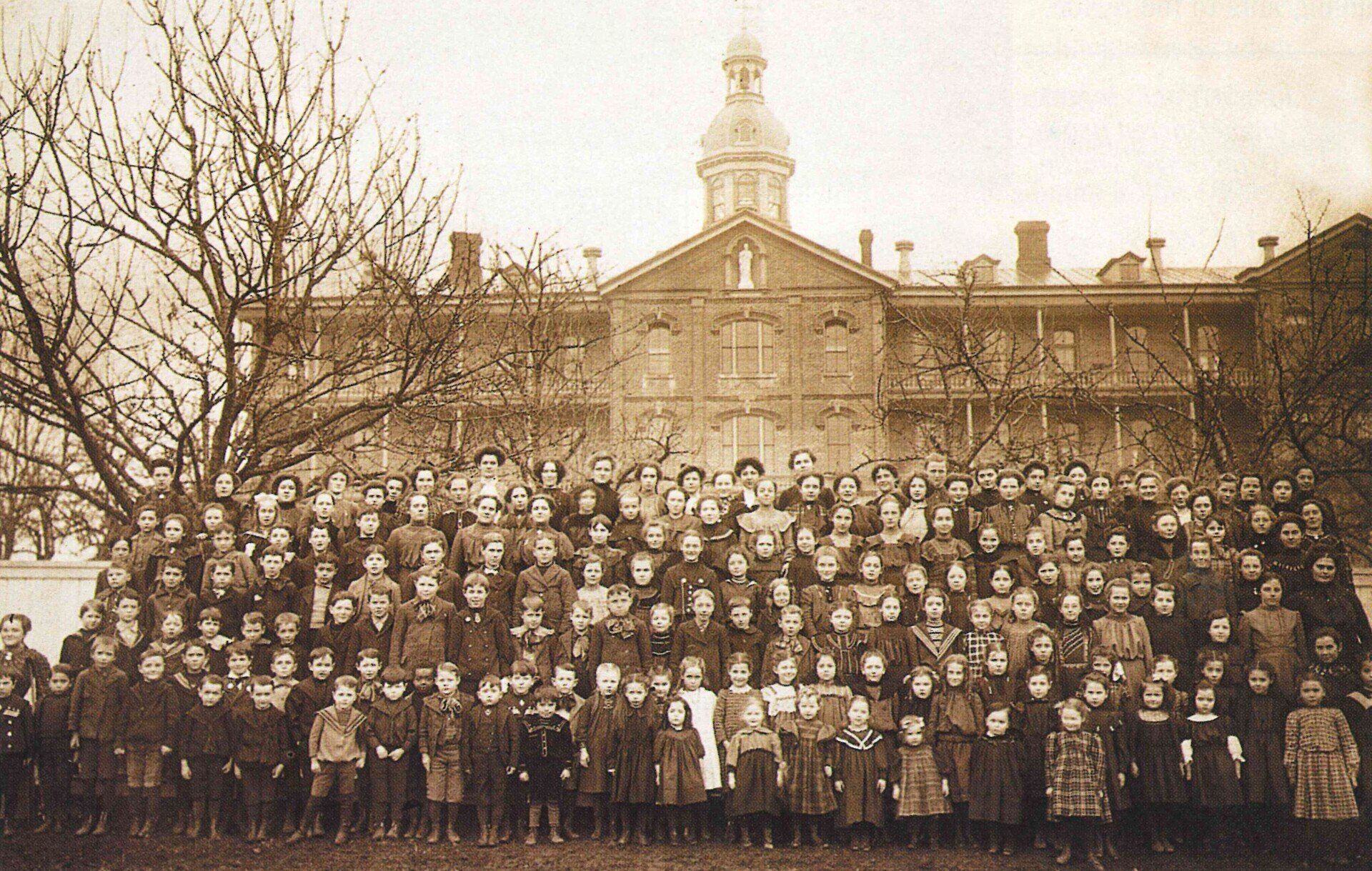
Bishop Aegidius Junger
Bishop Junger was born in Germany and educated in Belgium. The Cathedral of St. James the Greater was built under his direction with help from Father Louis Shram, pastor and vicar general of the diocese.
The cornerstone was placed July 27, 1884, the Sunday after the Feast Day of St. James the Greater, and the new cathedral was dedicated Nov. 1, 1885, in honor of Saint James the Greater and Saint Augustine. The statues of both these saints sit on either side of the Blessed Mother statue above the tabernacle. Archbishop Gross of Portland delivered a 90-minute homily.
Although architect Donald McKay has been credited with Vancouver’s St. James, he may have been given the plans from a church in Belgium, according to now-deceased parishioner and historian Victoria Ransom. Bishop Blanchet had traveled to Mexico and Europe to get help for his fledgling Diocese of Nesqually. Ransom suggests he may have brought back the plans for the cathedral from Belgium. Somewhere in Belgium is a church that is a duplicate of our St. James, except for the spires, Ransom wrote in a 1974 publication for the Clark County Historical Society.
St. James dominated the skyline of Vancouver, essentially a frontier town. It soared like a Gothic cathedral pointing pilgrims toward heaven with its stained-glass windows and vaulted-rib ceiling. The altar was carved in Belgium and shipped around the tip of South America. The brick came from the local Hidden Brickyard. Cut stone was from Camas; Stations of the Cross were from Belgium; and the stained-glass windows were made by the Franz Mayer Co. of Munich, Germany, then shipped to San Francisco before being delivered to Vancouver.
On June 21, 1889, the Pro-Cathedral just outside Fort Vancouver burned to the ground, probably the work of an arsonist. Someone had the foresight to save the paintings that Bishop Blanchet had brought back from Mexico nearly 40 years prior. (Six of them hang today in the Proto-Cathedral; one is in the rectory; and one is in the possession of a private party.) No charges were ever filed in the arson.
Bishop Junger oversaw the building of many churches and schools, including Bellingham, Chehalis, Everett, Puyallup, Snohomish, Holy Names Academy in Seattle and St. Martin’s College in Lacey. He died Dec. 26, 1895, with Mother Joseph at his side.
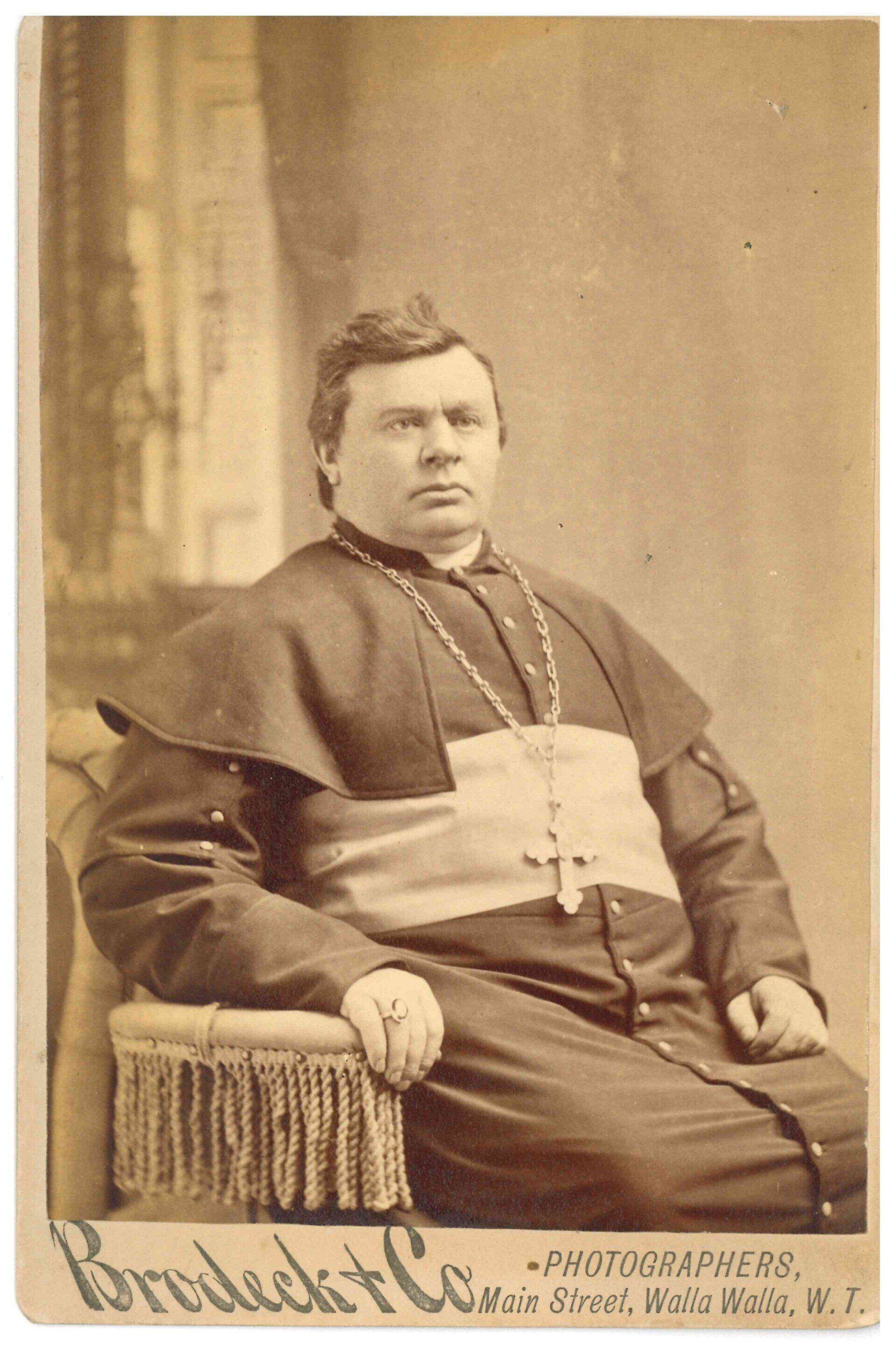
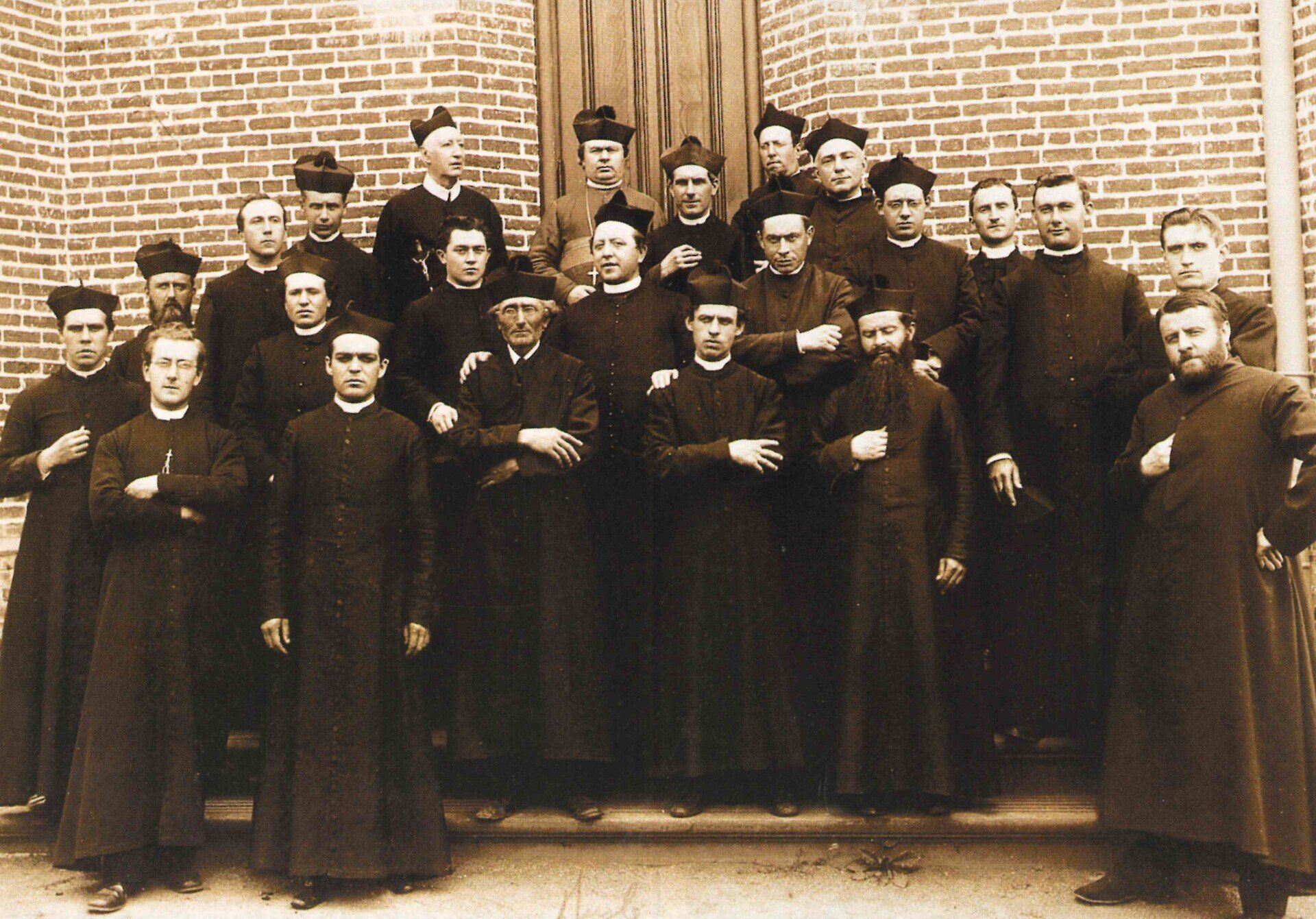
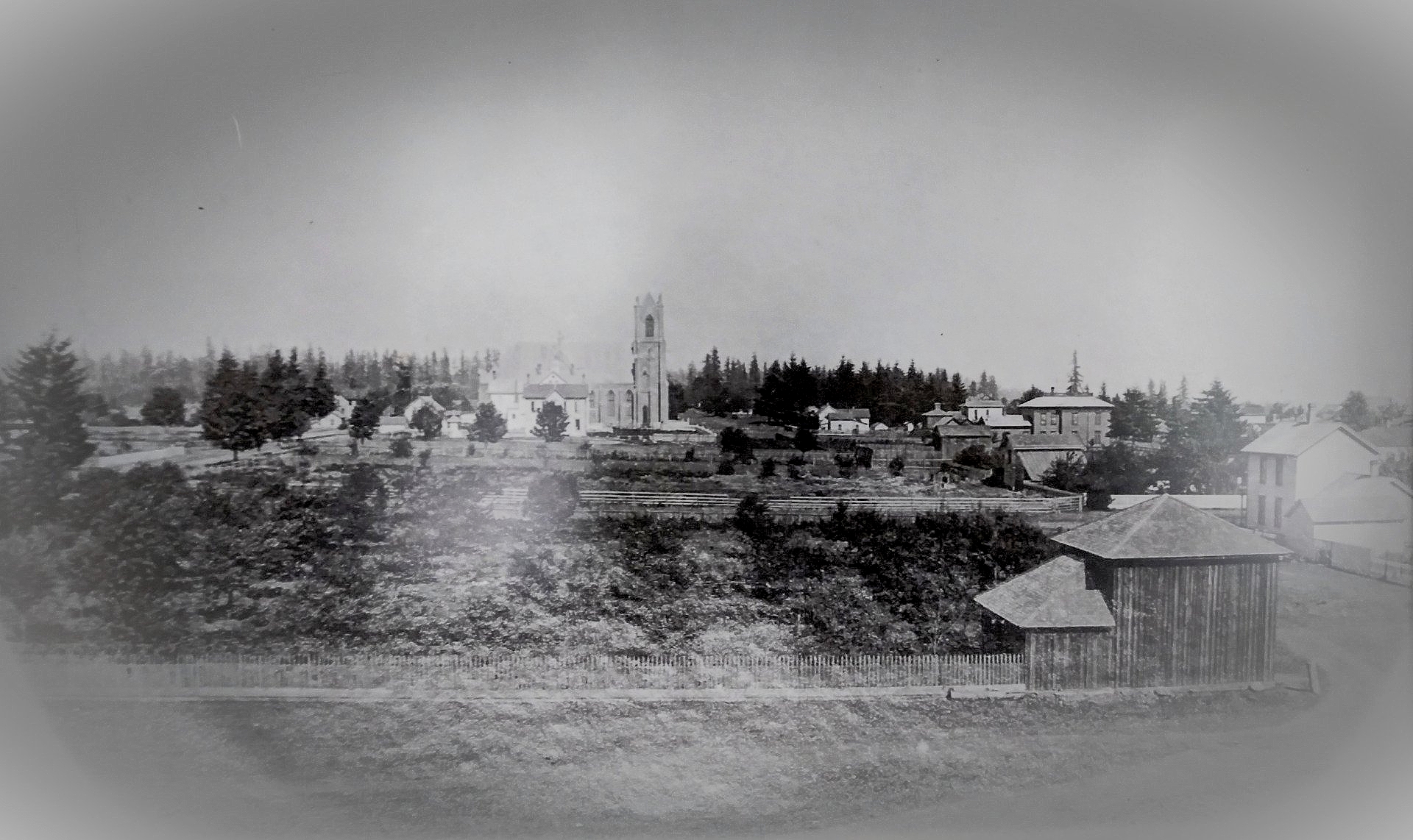
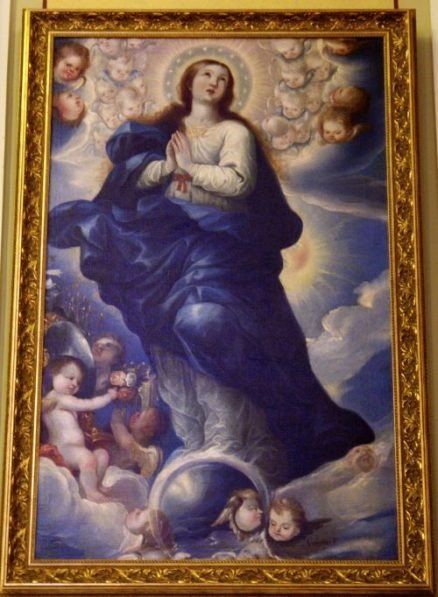
Bishop Edward J. O’Dea
Parishioners and visitors to the Proto-Cathedral may notice a statue of St. Patrick on the left side of the altar. The St. Patrick statue was a gift from O’Dea, the third bishop of Nesqually.
The O’Dea family came from Massachusetts and settled in Portland. They became friends with Mother Joseph, and when Edward was a child, he would accompany the industrious nun on inspection tours of St. Vincent’s Hospital after the workers had gone home. He held the lantern for her, and he confided at a young age that he wished to be a priest.
She did everything to encourage his vocation, and her lessons and attention to detail still had influence years later when he became the third bishop of Nesqually.
When Bishop Junger died, Father O’Dea’s name — along with Father Peter Yorke of San Francisco and Father Peter Hylebos of Tacoma — was put forward as candidates to be the next bishop. Pope Leo XIII chose O’Dea. There was a lag, however, in notifying him. In fact, a reporter from The Oregonian newspaper knocked on his door one evening in 1896, and asked him whether it was true that he had been named the third bishop of Nesqually.
“That’s the first I’ve heard about it,” Father O’Dea reportedly replied.
But it was true. “Little Eddie,” as Mother Joseph called him, was named bishop. She immediately set about embroidering his vestments and slippers for his eventual consecration on Sept. 8, 1896, at the cathedral in Vancouver.
Bishop O’Dea recognized early on that Seattle was becoming a booming commercial center on the West Coast. The gold from Alaska and British Columbia was shaping the Northwest’s largest city. Some 100,000 prospectors came through Seattle, and the population exploded. Also, Father Francis X. Prefontaine, who built Seattle’s first Catholic Church in the Pioneer Square district, and influential laymen and women were pressing the bishop to move the diocese to Seattle.
The bishop did so. In January 1902, Bishop O’Dea went to Seattle to select a site for the new cathedral. He believed that a cathedral should sit high on a hill, so it was visible to all. He chose what’s now Seattle’s First Hill, a site with a sweeping view of Elliott Bay.
Shortly after this trip, Mother Joseph died of a brain tumor Jan. 19, 1902. As Jesuit scholar, Schoenberg, points out, “She who had built and sustained more than a little of the diocese of Nesqually was not alive to see it end.” Bishop O’Dea, presided at her funeral at the Cathedral of St. James the Greater in Vancouver. She is buried at Mother Joseph Catholic Cemetery of Vancouver, which is the Proto-Cathedral’s parish cemetery. She was the rock who helped the three bishops of Nesqually: Blanchet, Junger and now Edward J. O’Dea, move the diocese forward.
In 1903, Bishop O’Dea applied to move the see to Seattle.
While it was a sad day for Catholics in Vancouver when the bishop read the brief of Pius X, dated Sept. 11, 1907, changing the diocese from Nesqually to Seattle, the mission of our parish has never changed. In the hearts of Vancouver parishioners even today, the parish is remembered as the mother church; forever the landmark cathedral for the birthplace of Catholicism in the Northwest, and forever holding a responsibility to be missionaries to our community and neighbors.
Seattle’s St. James Cathedral was dedicated Dec. 22, 1907. Bishop O'Dea died on Christmas Day in 1932.
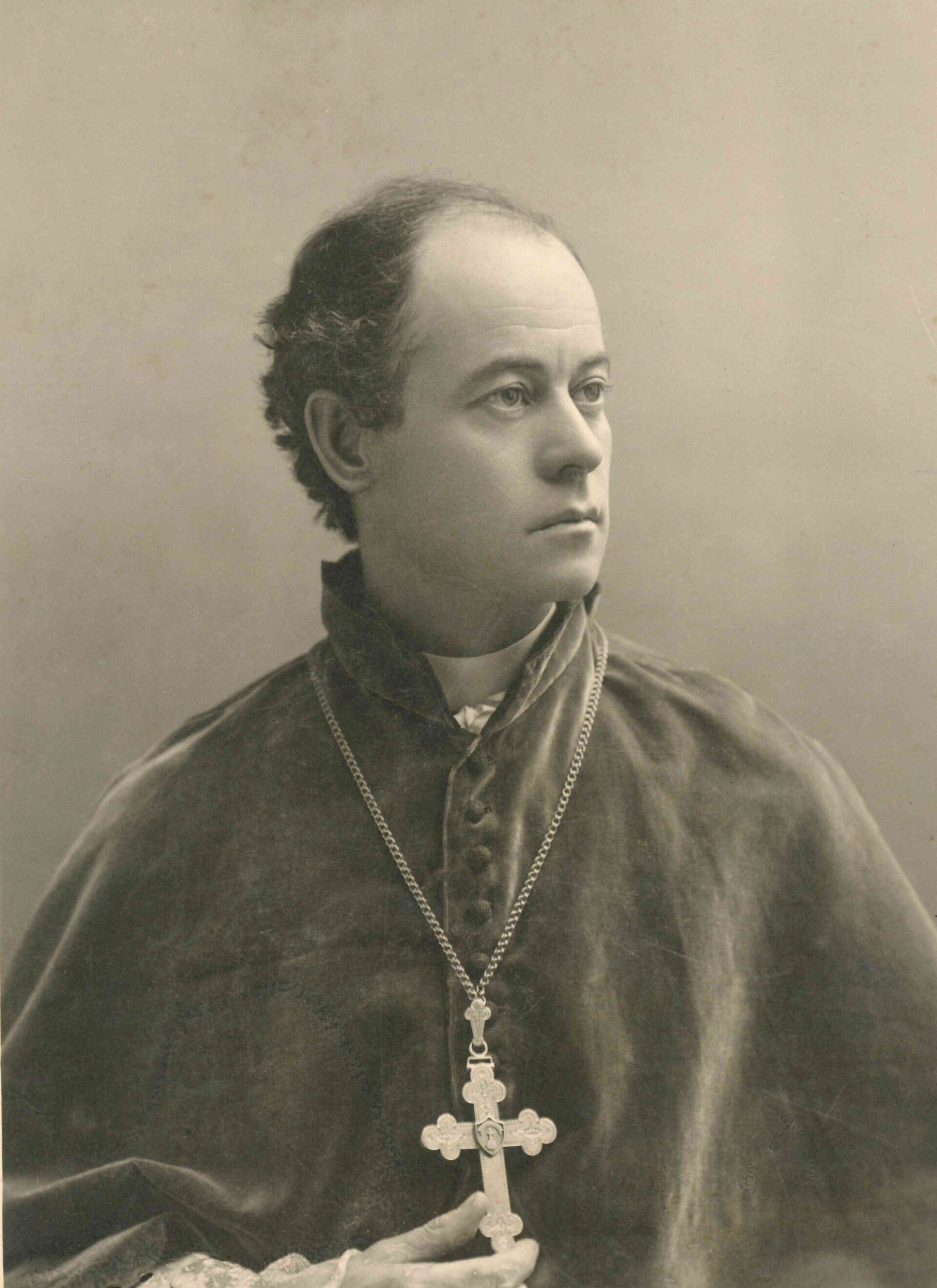
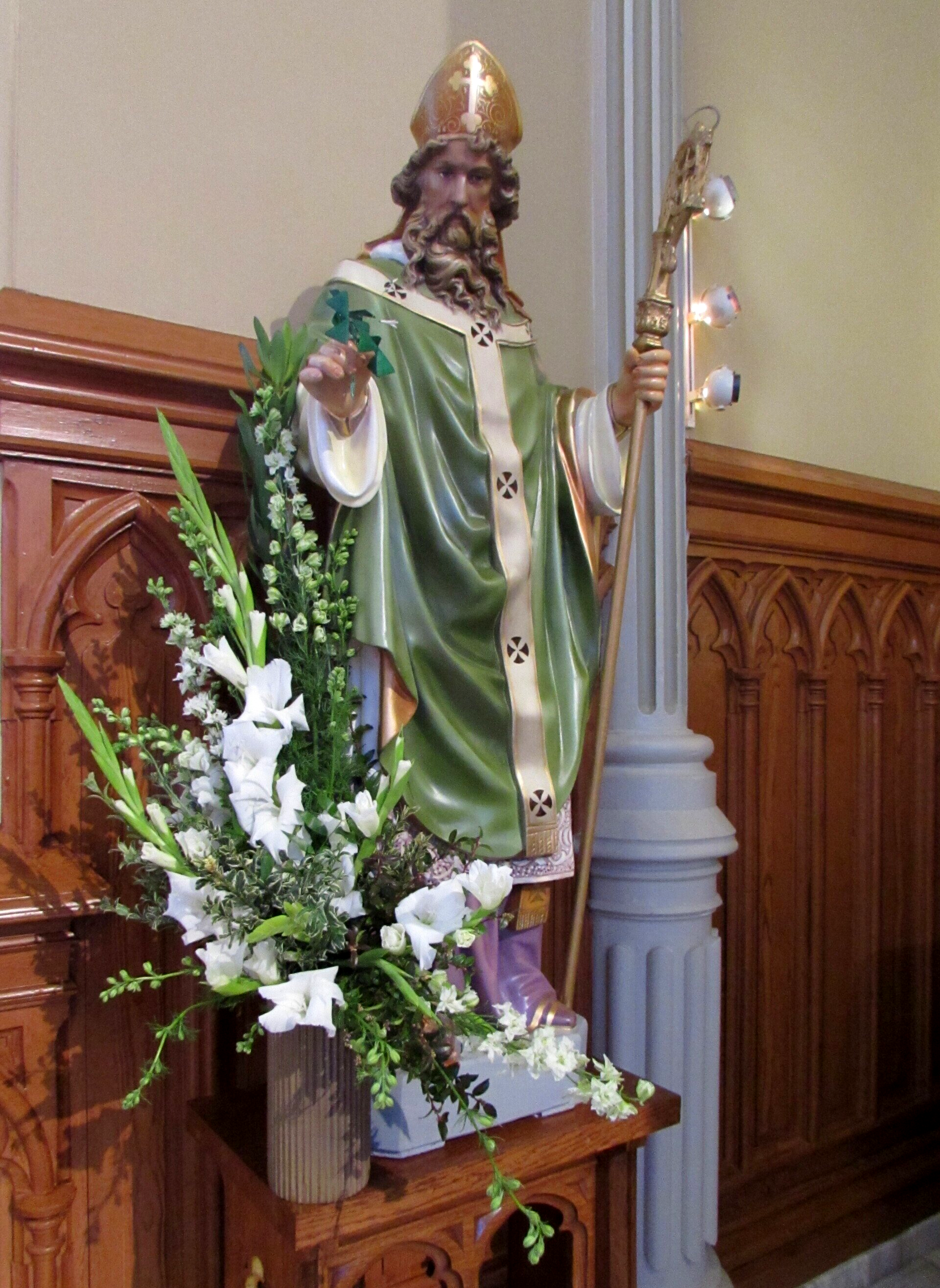

Parish Renovation & Designation as a Proto-Cathedral
In the spring of 2008, the renovation project of the Proto-Cathedral of St. James the Greater, was started by our 20th pastor, Fr. Dominic Hahn. The work and additional renovations continued during our 21st pastor, Fr. W.R. Harris.
The renderings and extensive work were executed by Conrad Schmitt Studios, Inc., based in Milwaukee, Wisconsin. The project involved inspection, cleaning and plaster repair, a new paint scheme with decorative stenciling, wood graining and gilding with 23KT gold leaf. To view more photos from the renovation project, visit our photos page.
On Sunday, October 27th 2013, at a special 5:00 pm Mass, Archbishop J. Peter Sartain designated St. James Catholic Church as the Proto-Cathedral of St. James the Greater, in the Archdiocese of Seattle. This designation officially recognized the spiritual and historical significance of the parish in the foundation and expansion of the Catholic Church in the Pacific Northwest. The Mass included visiting bishops and priests, with the St. James Musicum Collegium singing polyphony, orchestral choral works, and chants during the celebration.
We hope our parish continues to serve our community as a beautiful place of worship for many more generations to come!
